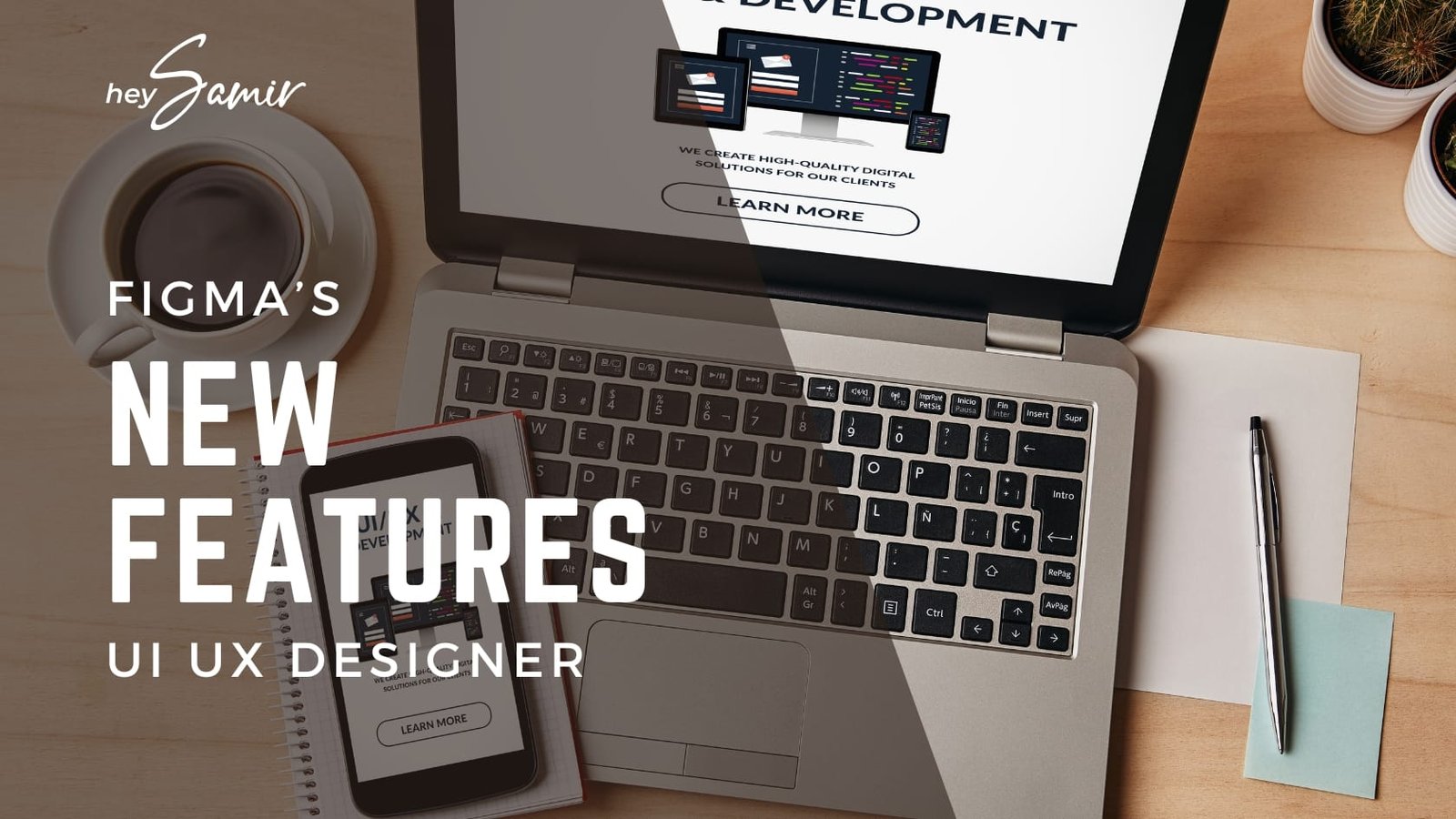As we step into 2025, the landscape of UI/UX design continues to evolve, with Figma leading the charge with innovative new features. For UI/UX designers, staying ahead of the curve is essential, and Figma’s updates this year promise to make the design process even more streamlined, collaborative, and efficient. Let’s dive into what these new features mean for UI/UX designers in 2025.
Figma’s New Features: A Game-Changer for UI/UX Designers
Figma has long been a favorite among UI/UX designers for its user-friendly interface and cloud-based collaboration tools. With the release of new features in 2025, Figma continues to push the boundaries of what’s possible in design and collaboration. The updated tools are geared toward enhancing productivity, improving design consistency, and enabling more creative freedom. Whether you’re designing interfaces, prototypes, or user flows, Figma’s new features are designed to make your job easier and more efficient.
Improved Collaboration Tools for UI/UX Designers
One of the most exciting aspects of Figma’s updates for 2025 is the focus on improving collaboration. Figma has always been a leader in this area, allowing teams to work together in real-time. However, with new features like advanced comment threads, version history, and even better multi-user editing, collaboration has never been smoother.
For UI/UX designers working in teams, these updates will ensure that feedback and revisions are handled seamlessly. The ability to have direct conversations within the design file and track changes as they happen in real-time is a huge advantage. This minimizes the back-and-forth typically required when coordinating with clients, developers, and other team members, which in turn, speeds up the design process.
The improved version history feature also ensures that designers can easily revert to previous iterations of their designs, making it easier to experiment and iterate without the fear of losing important changes.
Enhanced Prototyping and Interactive Features
In 2025, Figma is taking prototyping to the next level with its new interactive features. UI/UX designers can now create more advanced prototypes with smoother animations and transitions. These updates allow designers to bring their designs to life more effectively, providing a better understanding of how a product will behave when users interact with it.
These new features also allow for more complex interactions to be designed directly within Figma, eliminating the need for external prototyping tools. This means less time spent switching between applications, and more time dedicated to refining and perfecting the user experience.
For UI/UX designers, these advancements offer an unprecedented level of creative freedom and flexibility. They can experiment with interactive elements such as hover states, dynamic content, and microinteractions, providing a more realistic representation of the final product. This leads to better presentations to clients and stakeholders, who can now experience the design as a fully interactive prototype rather than just static screens.
Streamlined Design Systems and Libraries
Consistency is key in UI/UX design, and Figma’s new features make it easier than ever to maintain a unified design system across projects. With enhanced support for design systems and libraries, designers can now create reusable components, styles, and assets that can be applied to multiple designs.
The ability to share design libraries with team members ensures that everyone is using the same assets, colors, typography, and other design elements. This eliminates inconsistencies that can arise when designers work independently or without a defined design system. By ensuring that everyone is on the same page, Figma’s new tools help designers maintain visual consistency across multiple projects, resulting in more polished and professional final products.
AI-Powered Design Assistance
Incorporating artificial intelligence (AI) into the design workflow is another major change in Figma’s 2025 updates. UI/UX designers can now take advantage of AI-powered features such as auto-layout suggestions, content generation, and smart resizing. These tools help save time and reduce manual work, allowing designers to focus more on creativity and strategy.
AI can also analyze design trends and user preferences to suggest improvements or new features. This can be incredibly useful for UI/UX designers who are trying to stay up-to-date with the latest design trends and best practices. AI assistance enables designers to optimize their designs based on real-time feedback, ultimately improving the user experience and engagement.
Conclusion: Figma’s 2025 Features Empower UI/UX Designers
Figma’s new features in 2025 bring significant improvements that empower UI/UX designers to work more efficiently, creatively, and collaboratively. From advanced collaboration tools and enhanced prototyping to smarter design systems and AI-powered assistance, Figma continues to lead the way in making the design process faster and more streamlined.
For UI/UX designers looking to stay ahead of the curve, embracing these new features will be key to creating innovative and effective designs. As the tools become more intuitive and powerful, designers will have more time to focus on what matters most: crafting exceptional user experiences that resonate with users and meet business goals.
Figma’s 2025 updates demonstrate the company’s commitment to pushing the boundaries of design collaboration, efficiency, and creativity, and these features are sure to set the standard for UI/UX design tools in the years to come.
